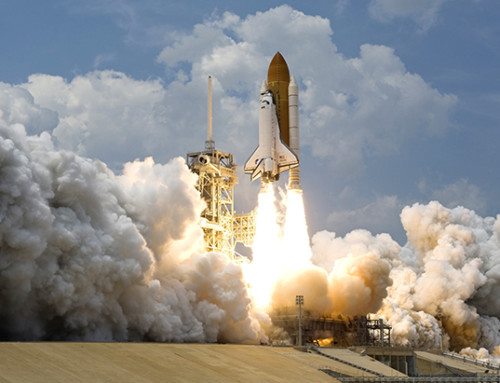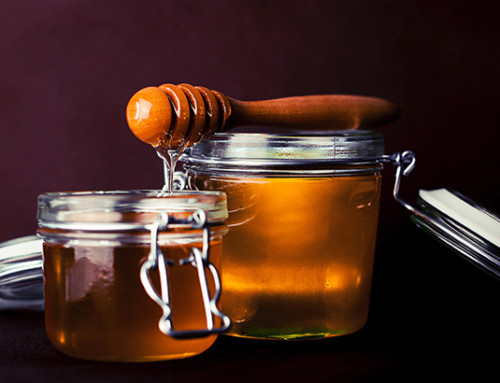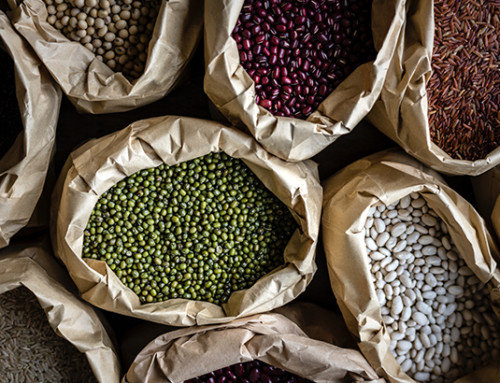Today, we’re sharing a science experiment that’s just for fun. Well, of course you’ll learn something. But, no science fairs or school projects or buying supplies. Just good old-fashioned fun at home. Looking for something to do on a rainy day? Perfect. This experiment is very simple, and your little ones are sure to be fascinated and intrigued. Today, we’re going to blow up a balloon using yeast and sugar.
Background
This experiment is nothing new. It’s been around for a while, but we think it’s such an easy, fun experiment, we can’t help but share it again.
Yeast is a living organism. It is a microscopic fungus consisting of single oval cells that reproduce by budding and are capable of converting sugar into alcohol and carbon dioxide. Yeast is used in many different recipes, including those for beer, bread, pizza crust, doughnuts, wine, kombucha, etc. In every recipe, the yeast does its job by converting sugars and starches.
As yeasts consume sugars and starches, they turn this food into energy, releasing carbon dioxide gas. This process is known as fermentation.
Materials
- Bottles (use whatever you have on hand: squeeze bottle, water bottle, soda bottle, etc.)
- Balloons
- Tape
- Yeast Packets (such as Fleischmann’s or Red Star)
- White sugar
- Tablespoon
Experiment
- Pour 2 Tablespoons of yeast into a bottle.
- Add 1 Tablespoon of sugar.
- Pour in 2-3 Tablespoons of warm water, then quickly cover the bottle opening with a balloon. Tape the balloon to the bottle to ensure it stays on.
- Now kick back and relax. Check on your experiment every 10 minutes or so. It could take up to an hour for the reaction to finish.
What did you observe? What did the mixture inside the bottle look like? How long did it take the reaction to start inflating the balloon? Was the reaction faster or slower than you thought it would be?
Going Further
As always, there can be many variations to an experiment. If you want to make this a more advanced experiment, you can try introducing different factors. For example, you can try adding different amounts of yeast, sugar and water, or perform the test on a larger scale using a 2-liter bottle. You could also try introducing other ingredients to see if they affect the reaction. For example, you could add salt, baking soda or vinegar to a bottle. You could even try using different sugars, for example, brown sugar or honey. Enjoy!







Leave A Comment